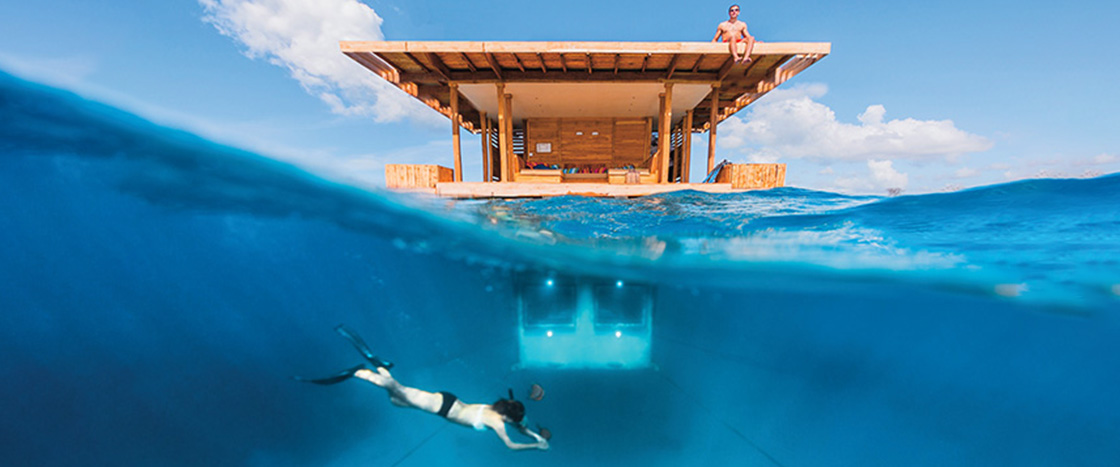How would you like to wake up to tropical fish peering into your window? Or scale hundreds of meters up the side of a cliff to reach your bed? These experiences await the guests at some of the world’s wildest vacation destinations! Read on to discover four unusual hotels. Each one is in a different biome, a large community of organisms found in a specific type of environment. Which one would you want to visit on your next vacation?
Would you like to wake up to tropical fish looking at you? Or climb the side of a cliff to reach your bed? These things happen at some of the world’s wildest vacation spots! Read on to find out about four unusual hotels. Each one is in a different biome. A biome is a large community of living things in a specific area. Which one would you want to visit on your next vacation?

